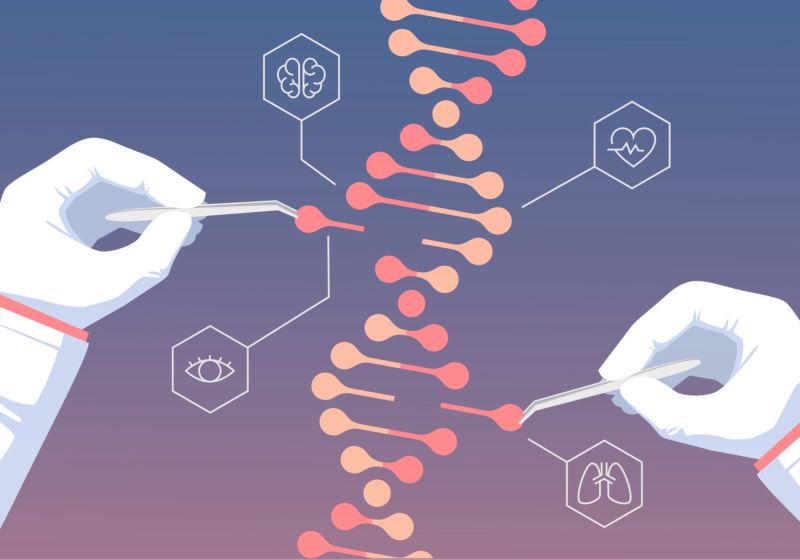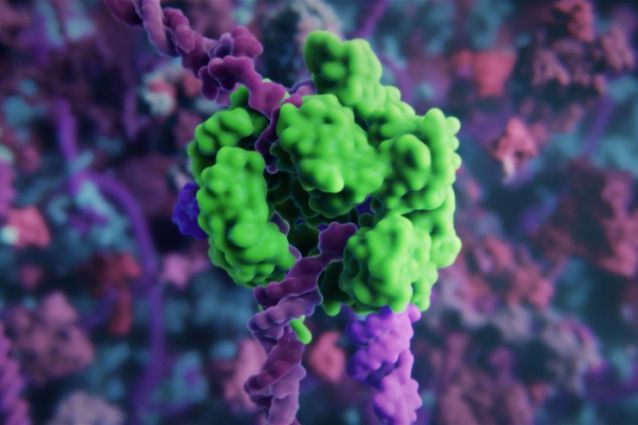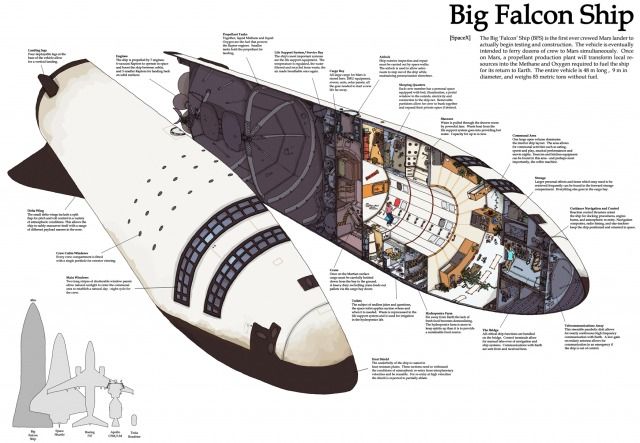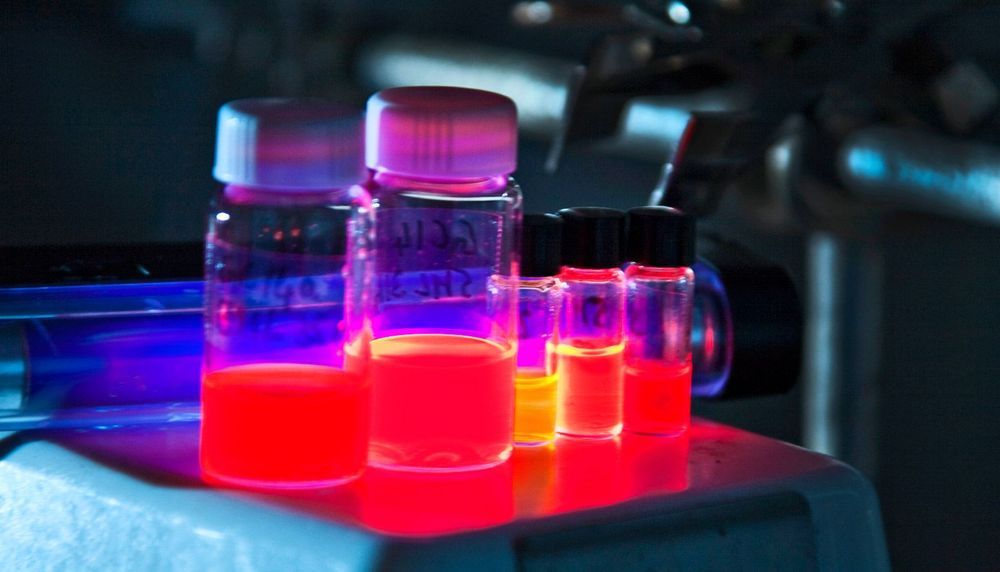Computerized analyses of acoustically anomalous vocal patterns are being used as biomarkers for predictive, prediagnostic, and efficient management of individual biological form and function. To da…



Lets meet to talk brain computer interfaces, neuroscience, collaboration and coding. Lets pitch projects to one another, join existing projects, write code together, build new brain computer interfaces and more.
Thinking about past NeurotechX SF meetups I think I like the Salon aspect the most, where people just meet up to talk about neuroscience, brain computer interfaces and coding. So I’m renaming this event series to “Neurotech Salon”, it’s every two weeks in San Francisco at the Red Victorian! Get ready to meet interesting people to talk about things like the future of brain machine interfaces, you can pitch your project, or perhaps join someone elses project, you can talk about your work in developing software, hardware, or your work in medical research, or talk about your studies as an academic.
Confirm your RSVP by making a charitable donation to a real charity like this one here https://www.facebook.com/donate/837355799969191/ in the amount of $5 dollars or more. If you feel like you can’t afford it just skip a meal, and take the money you would have paid for that meal and apply it to this event.


Researchers at Tufts University and the Chinese Academy of Sciences have developed a new lipid nanoparticle which can deliver CRISPR/Cas9 gene editing tools into organs with high efficiency, suggesting that the system is promising for clinical applications.
The CRISPR/Cas9 system is currently being investigated as a way to treat a variety of diseases with a genetic basis, including Duchenne muscular dystrophy, Huntington’s, and sickle cell disease. While the system has significant promise, there are some issues that need to be resolved before it can be used clinically. CRISPR/Cas9 is a large complex, and it is difficult to get it inside cell nuclei where it is needed for gene editing.
Scientists have tried a variety of delivery vehicles for CRISPR/Cas, which are intended to carry the gene editing tools to their location and help them enter the cell and nucleus. These have included viruses and various types of nanoparticle. However, to date, these have suffered from low efficiency, whereby very little of the delivered agent reaches the cells or organs where it is needed.

Elon Musk, the founder of the rocket company SpaceX, has “aspirational” plans to launch people to Mars in 2024 and ultimately colonize the red planet.
To make the roughly six-month one-way journey, Musk and his engineers have dreamed up a 347-foot-tall launch system called the Big Falcon Rocket, or BFR. The spacecraft is designed to have two fully reusable stages: a 19-story booster and a 16-story spaceship, which would fly on top of the booster and into into space.
SpaceX employees are now building a prototype of the Big Falcon Spaceship at the Port of Los Angeles. Gwynne Shotwell, the company’s president and COO, reportedly said Thursday that the spaceship may start small test-launches in late 2019.


Rather than waiting around for serendipity, materials scientists would like to dream up a wonder material and then figure out how to make it. It’s this “inverse” approach to designing materials—working backward from the desired properties—that the team is calling “digital alchemy.”
“It really allows us to focus on the outcome and leverage what we know to find a starting point to building that material,” says Greg van Anders, a corresponding author of the paper and now an assistant professor of physics at Queen’s University in Kingston, Ontario.

Who knows what could happen out there?
